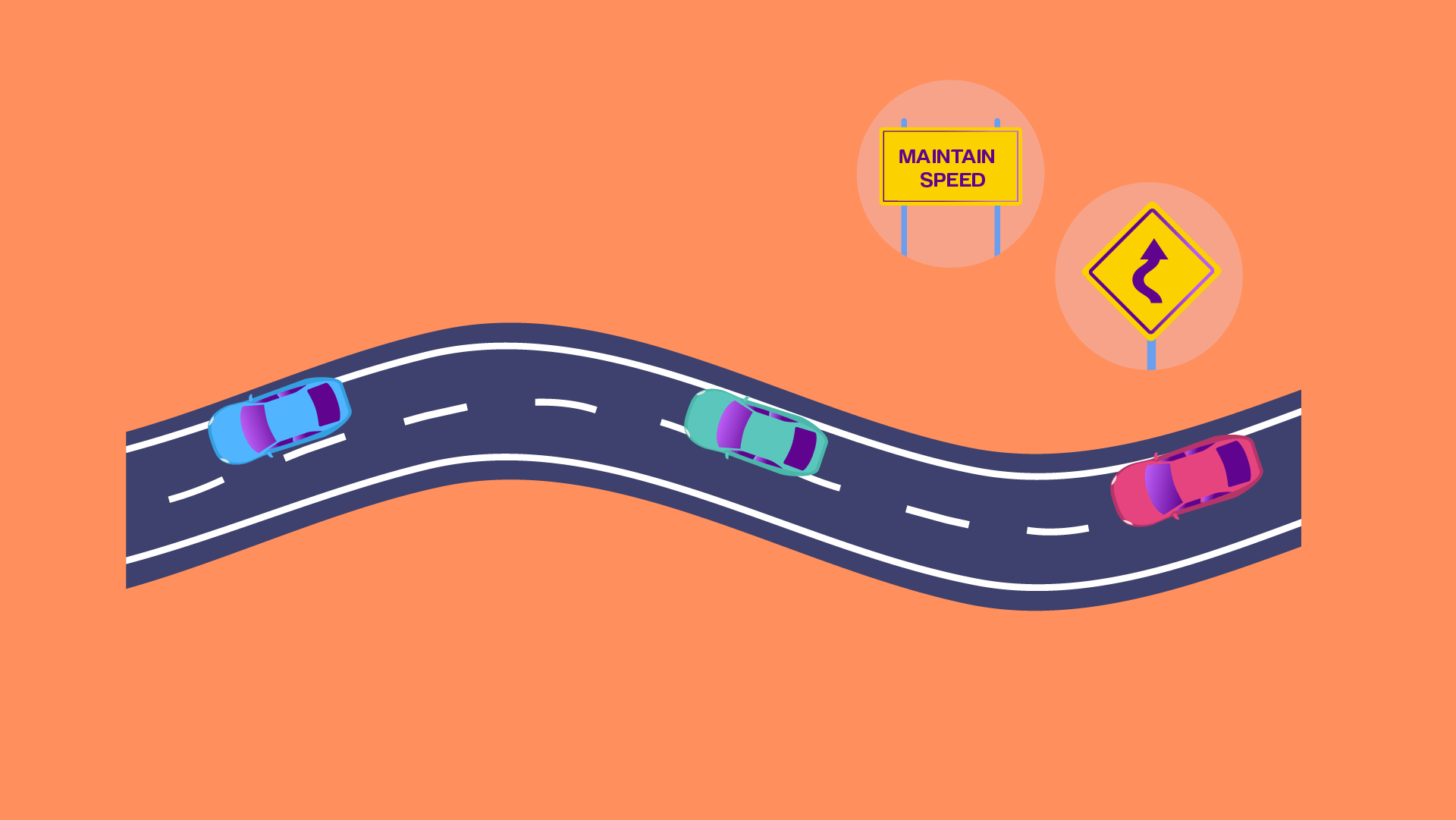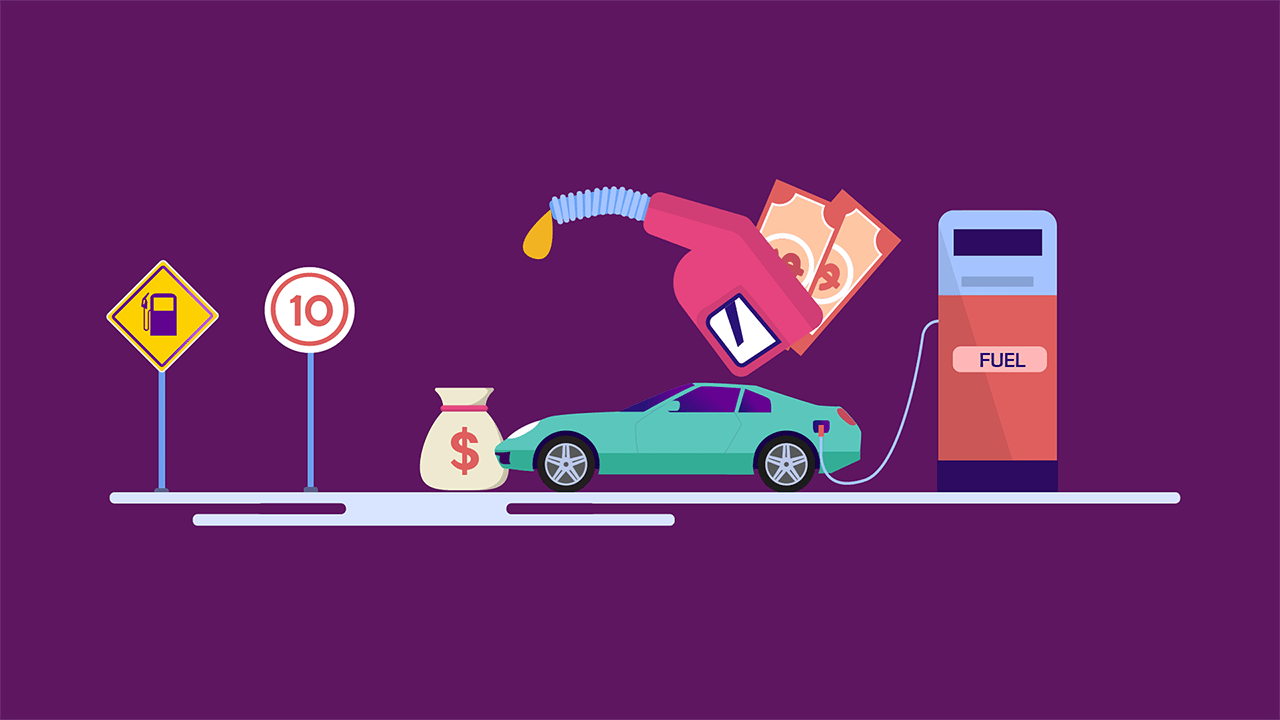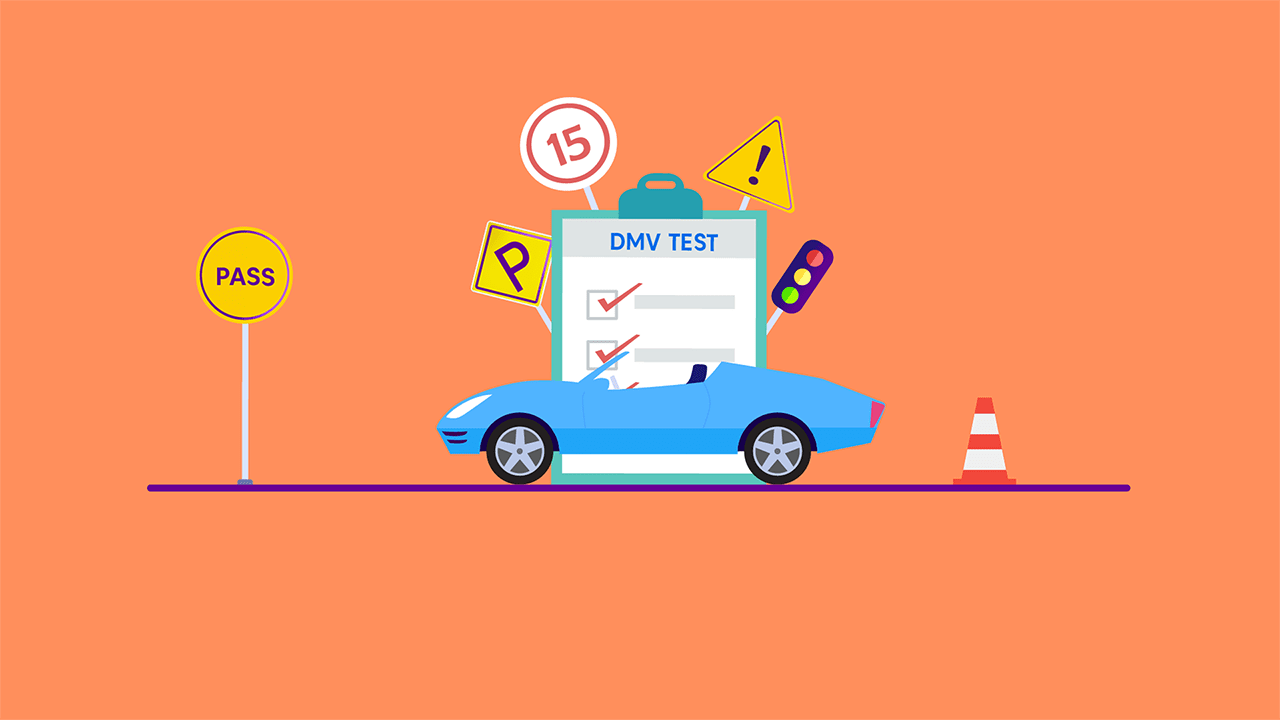Navigating Curvy Roads Safely: A Driver's Guide by Experts
By Umm e Hani on Apr 25, 2024
Contents
- Before You Set Off on Your Journey
- Curvy Road Rides - A Guide To Secure Driving
- Additional Tips for Safe Curvy Road Driving
- What Steps Should You Take If You Lose Control Of Your Vehicle While Driving On A Curvy Road?
- How Can You Maintain Stability And Control Your Vehicle While Driving On A Curvy Road, Especially During Challenging Weather Conditions?
- That’s A Wrap!
- FAQ
To drive on curvy roads safely requires a combination of skill, caution, and a willingness to adapt your driving style to the road conditions. Whether you're an experienced driver or a beginner behind the wheel, these tips and strategies will help you conquer those curvy roads with confidence and ensure a safe and enjoyable driving experience.
Before You Set Off on Your Journey
Before you set off for curvy road drive, take a moment to prepare both yourself and your vehicle. Ensure that your vehicle is in good working condition, especially your brakes, tires, and steering. Check tire pressure and tread depth, and make sure your brakes are responsive and effective. Familiarize yourself with the route you'll be taking, noting any particularly sharp bends or challenging sections.
Curvy Road Rides - A Guide To Secure Driving
1. Approaching a Curve
As you approach a curve, slow down gradually and smoothly. Avoid sudden braking, as this can cause your vehicle to lose traction. Instead, lift off the accelerator and allow your speed to decrease naturally.
2. Positioning Your Vehicle
As you enter the curve, gently guide your vehicle towards the outside edge of your lane. This positioning will help you maintain a smooth and stable path through the turn. Avoid hugging the center line or drifting too far towards the outside edge, as this can increase the risk of skidding or oversteering.
3. Steering Technique
Turn the steering wheel smoothly and progressively, following the natural arc of the curve. Avoid jerky or abrupt movements that could upset your vehicle's balance. Aim for a steady and controlled turn, minimizing the amount of steering input required.
4. Maintaining Speed
Maintain a consistent speed throughout the curve. Avoid accelerating or decelerating mid-turn, as this can destabilize your vehicle. If you need to adjust your speed, do so gradually and carefully.
5. Exiting the Curve
As you approach the end of the curve, gradually ease off the steering wheel and allow your vehicle to straighten out. Gently apply the accelerator to regain your desired cruising speed.
Additional Tips for Safe Curvy Road Driving
- Be aware of oncoming traffic and potential hazards. Keep an eye out for oncoming vehicles, especially on blind corners. Be prepared to adjust your speed or take evasive action if necessary.
- Use your low beams. Low beams provide better visibility around curves, especially during low-light conditions.
- Avoid distractions. Put your phone away, avoid eating or drinking, and keep your focus on the road.
- Adapt your driving style to the conditions. Adjust your speed and driving technique based on the weather, road surface, and visibility.
- Be patient and courteous. Remember that other drivers may not be as familiar with the road as you are. Be patient and allow them to navigate the curves at their own pace.
What Steps Should You Take If You Lose Control Of Your Vehicle While Driving On A Curvy Road?
Ease off the gas pedal and do not slam on the brakes. This could cause your vehicle to skid further and make it more difficult to regain control.
Steer in the direction of the skid. Gently turn the steering wheel in the same direction that the rear of your vehicle is sliding. This will help to bring your vehicle back into alignment with the road.
Look where you want to go, not where you are. Focus your attention on the direction you want your vehicle to travel, and your hands and feet will naturally follow.
Once you have regained control of your vehicle, slowly apply the brakes to bring it to a stop.
How Can You Maintain Stability And Control Your Vehicle While Driving On A Curvy Road, Especially During Challenging Weather Conditions?
Maintain a consistent speed throughout the curve. Avoid accelerating or decelerating mid-turn, as this can destabilize your vehicle. If you need to adjust your speed, do so gradually and carefully.
Use your low beams or fog lights if visibility is poor. These lights will help you see the road better, especially in foggy or rainy conditions.
Avoid harsh braking or sudden steering maneuvers. These actions can cause your vehicle to lose traction and make it more difficult to control.
Be prepared to react to unexpected conditions. Be on the lookout for potholes, fallen debris, or other hazards that could cause you to lose control.
If you encounter a particularly challenging section of road, it may be safer to pull over and wait for the weather conditions to improve before continuing.
That’s A Wrap!
Navigating curvy roads with confidence and safety requires a combination of skill, caution, and adaptability. By following these tips and strategies, you can enjoy the scenic beauty and thrill of winding roads while ensuring your own safety and that of others. Remember, safe driving is a shared responsibility, and your actions can make a significant difference in preventing accidents on curvy roads. Embrace the challenge, drive responsibly, and enjoy the journey!
FAQ
What should you do when you begin to skid?
Ease off the gas pedal and do not slam on the brakes. This could cause your vehicle to skid further and make it more difficult to regain control. Steer in the direction of the skid. Gently turn the steering wheel in the same direction that the rear of your vehicle is sliding. Look where you want to go, not where you are. Focus your attention on the direction you want your vehicle to travel, and your hands and feet will naturally follow. Once you have regained control of your vehicle, slowly apply the brakes to bring it to a stop.
When driving at night and you encounter curves, what do you have to remember?
Reduce your speed. Use your low beams. Be extra cautious of oncoming traffic. Be prepared to stop.
What should you do first if you enter a curve too fast?
Take your foot off the gas pedal. Do not slam on the brakes, as this could cause your vehicle to skid. Turn the steering wheel in the direction of the curve. This will help to guide your vehicle through the curve. If you start to skid, follow the tips above for regaining control of your vehicle.
When approaching a curve the best thing to do is?
Slow down. It is always better to enter a curve at a safe speed than to have to try to slow down in the middle of it. Look ahead. Pay attention to the road ahead of you and identify the curve. This will give you time to adjust your speed and prepare for the turn. Be prepared to steer. The amount of steering input you will need will depend on the severity of the curve.
What should you do when you see a sign signifying a sharp curve?
Slow down. Sharp curves require you to drive at a slower speed than normal curves. Be extra cautious. Sharp curves can be more difficult to navigate than normal curves, so it is important to be extra cautious when approaching them. If you are unfamiliar with the road, it may be helpful to use a GPS or mapping app to get a preview of the curve before you approach it.
What does a sharp curve sign look like?
A sharp curve sign is typically a yellow diamond with a black chevron pointing to the left or right. The chevron indicates the direction of the curve. The sign may also have the word "CURVE" or "SHARP CURVE" written on it.


